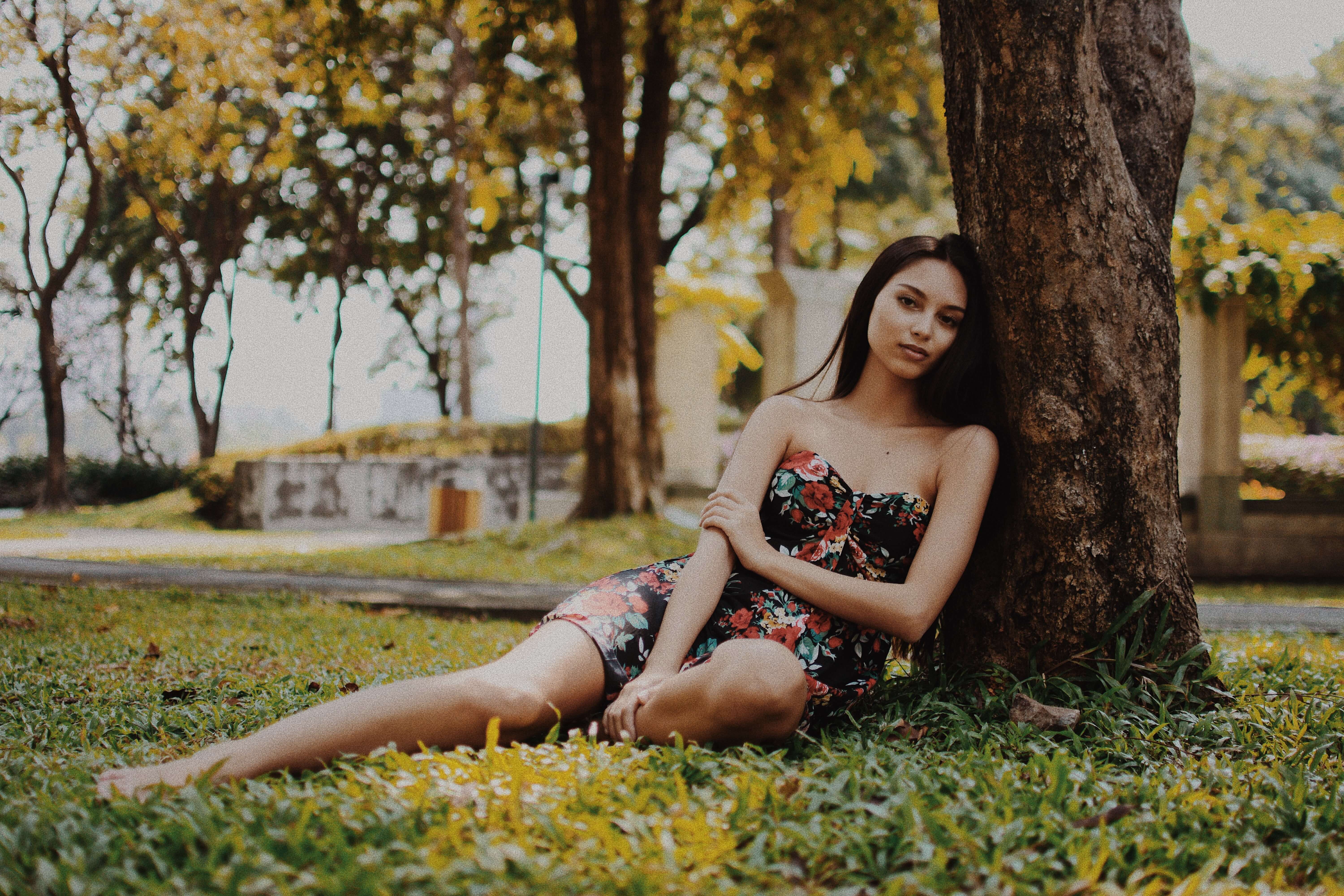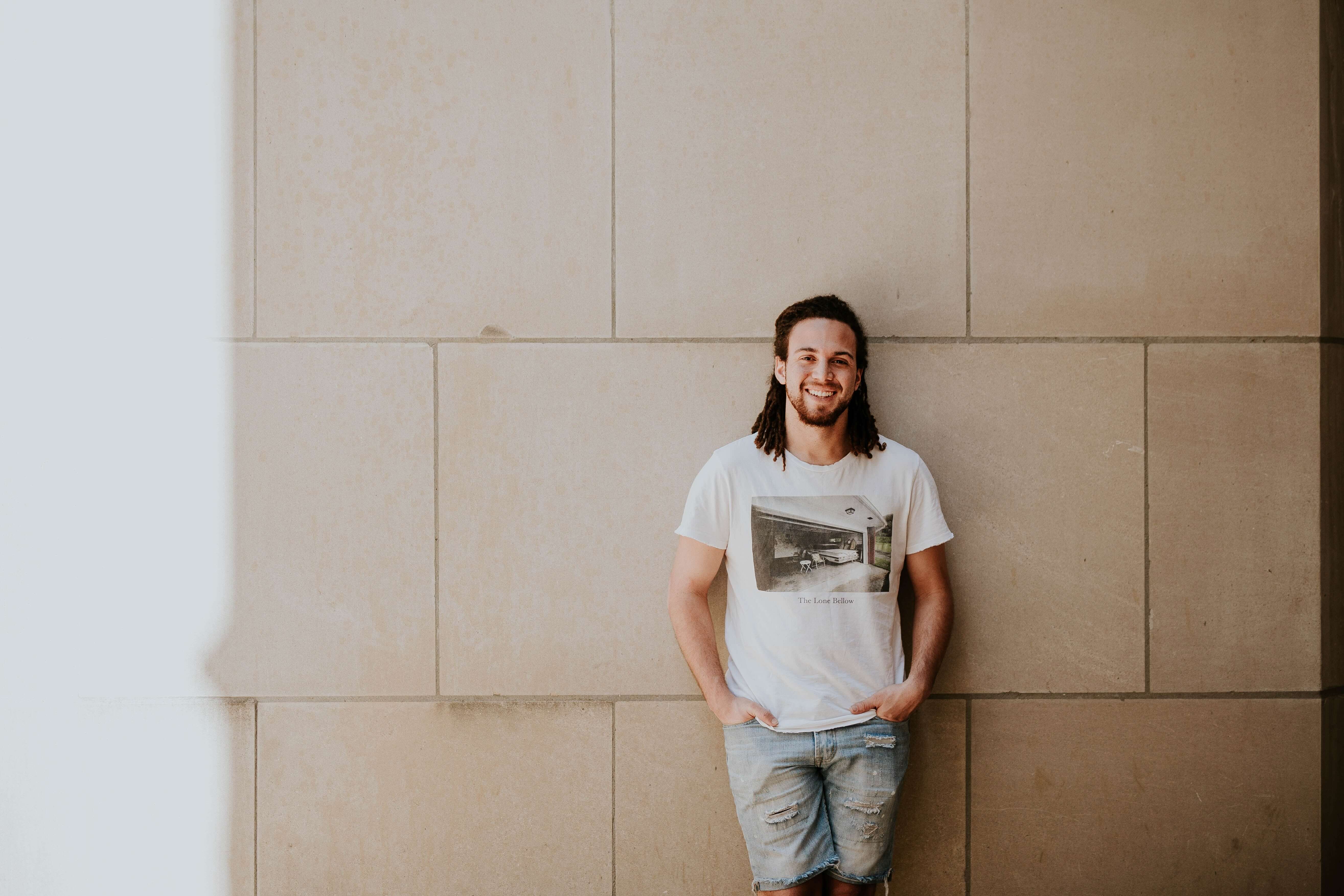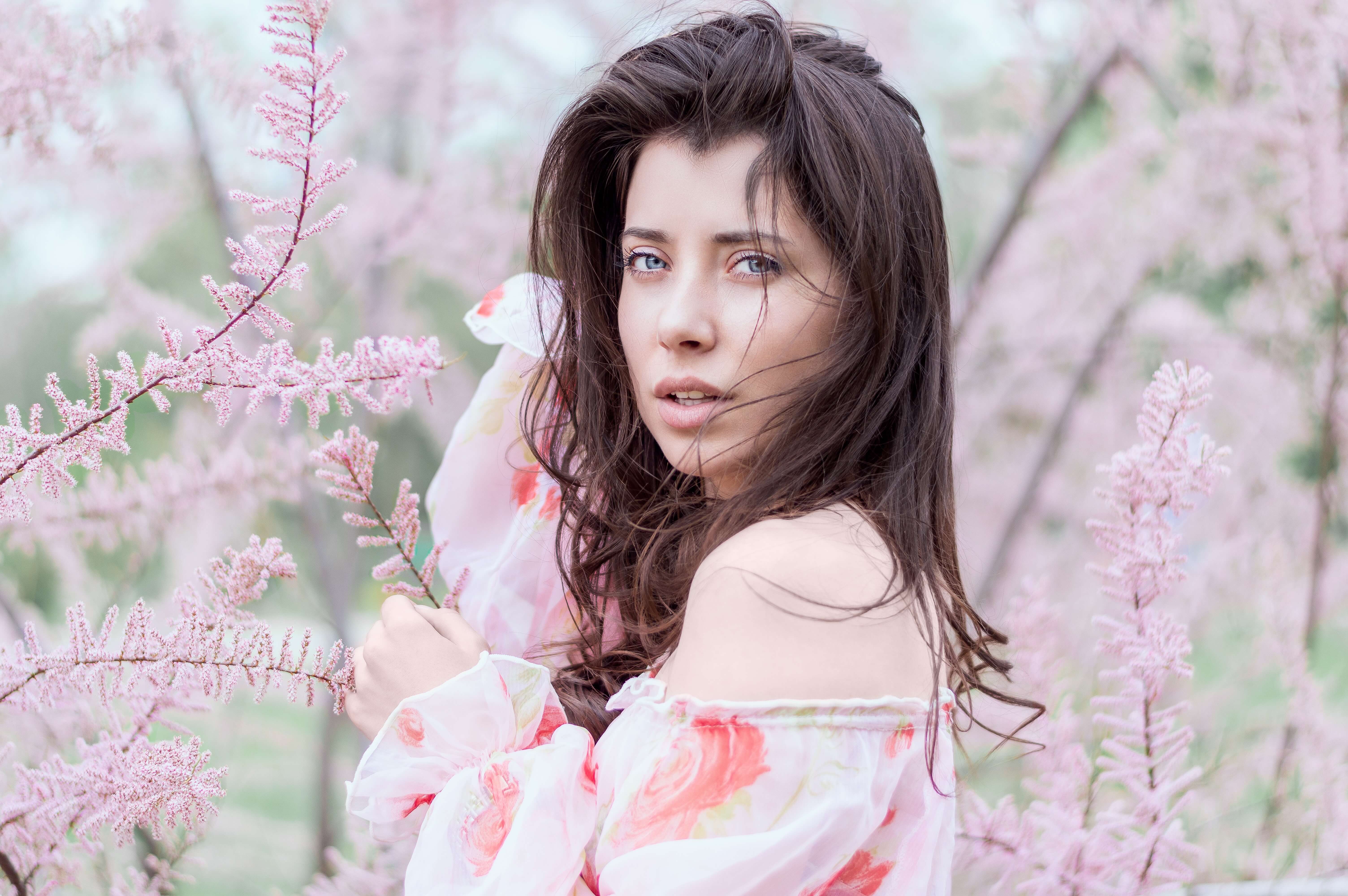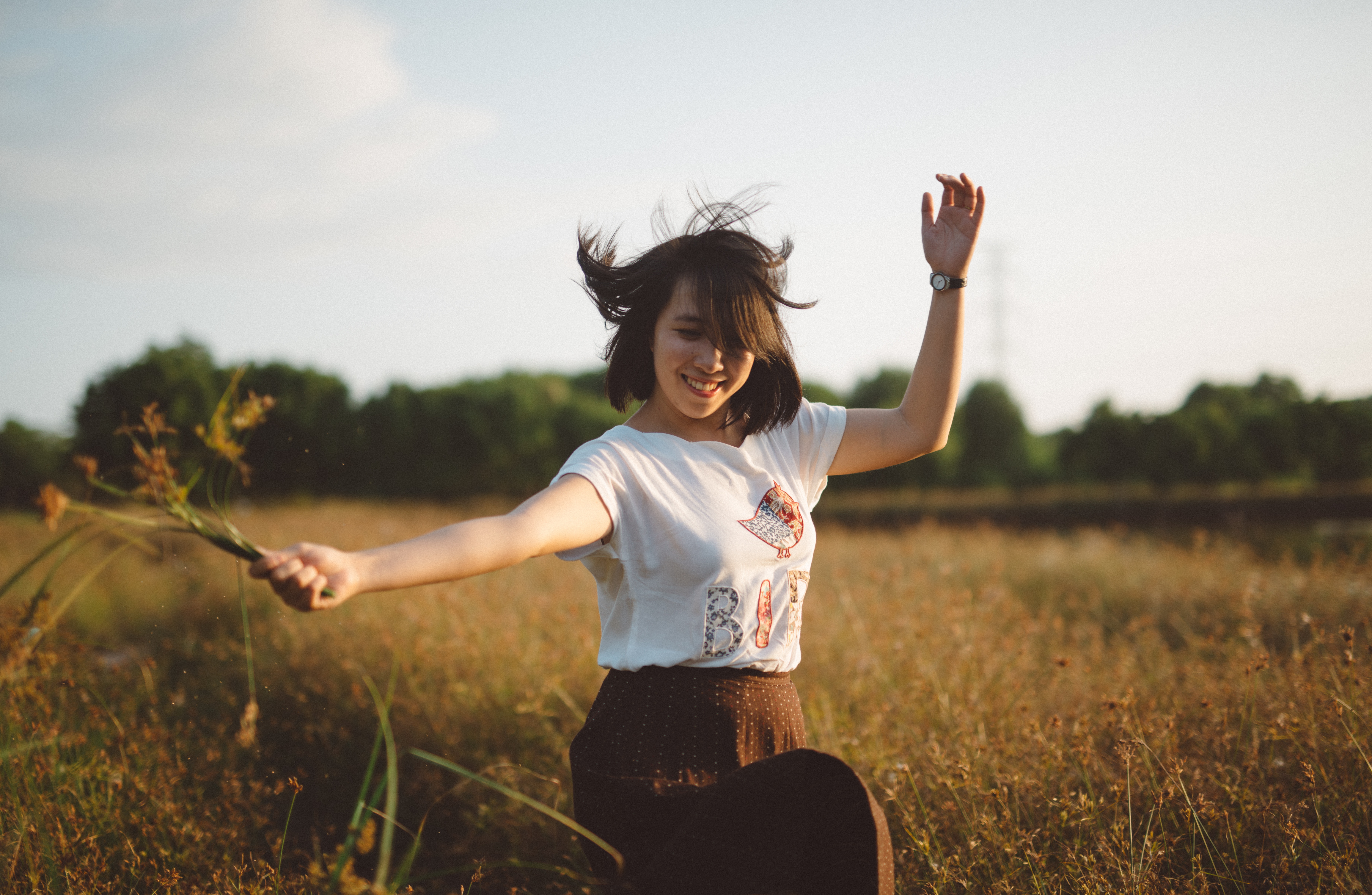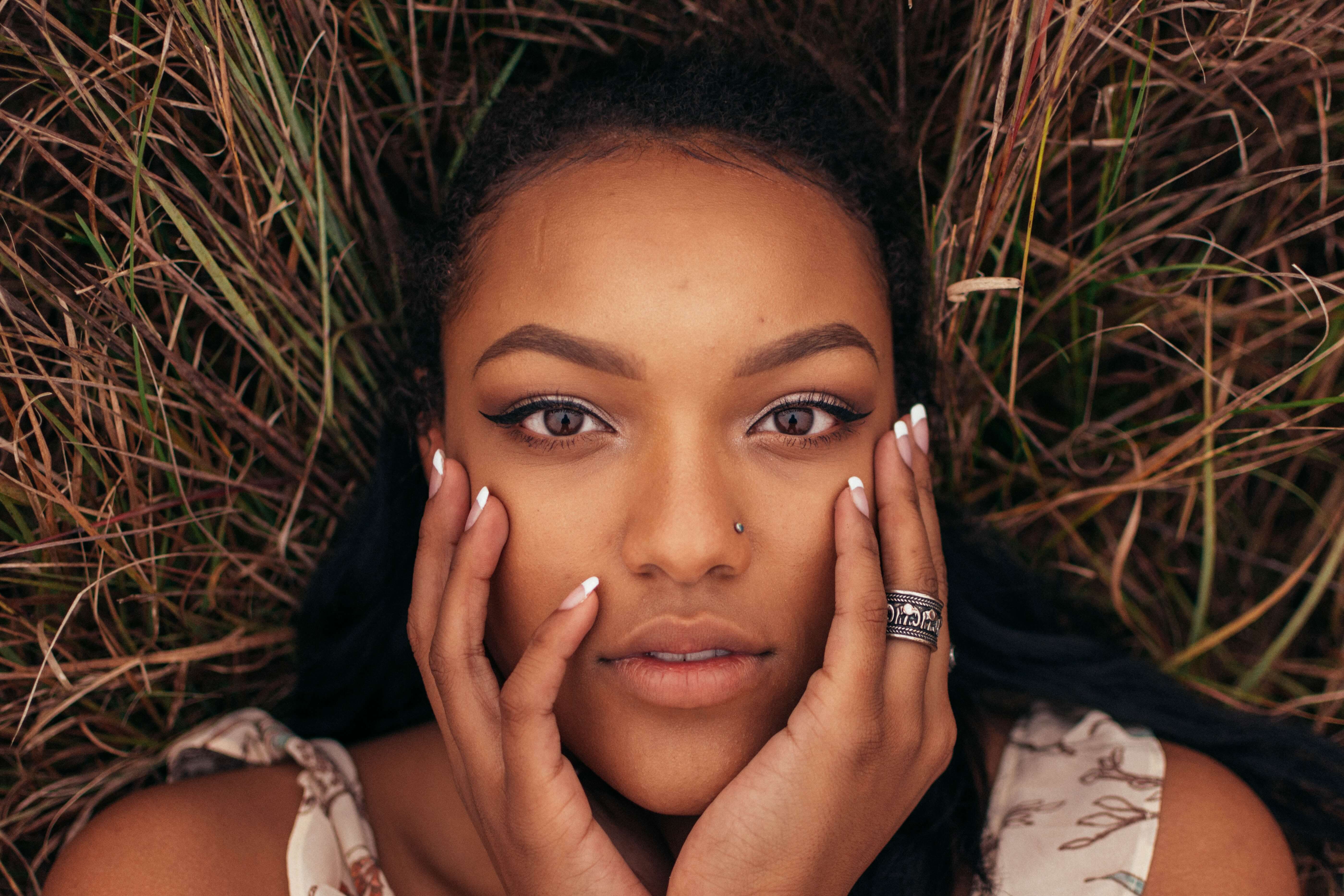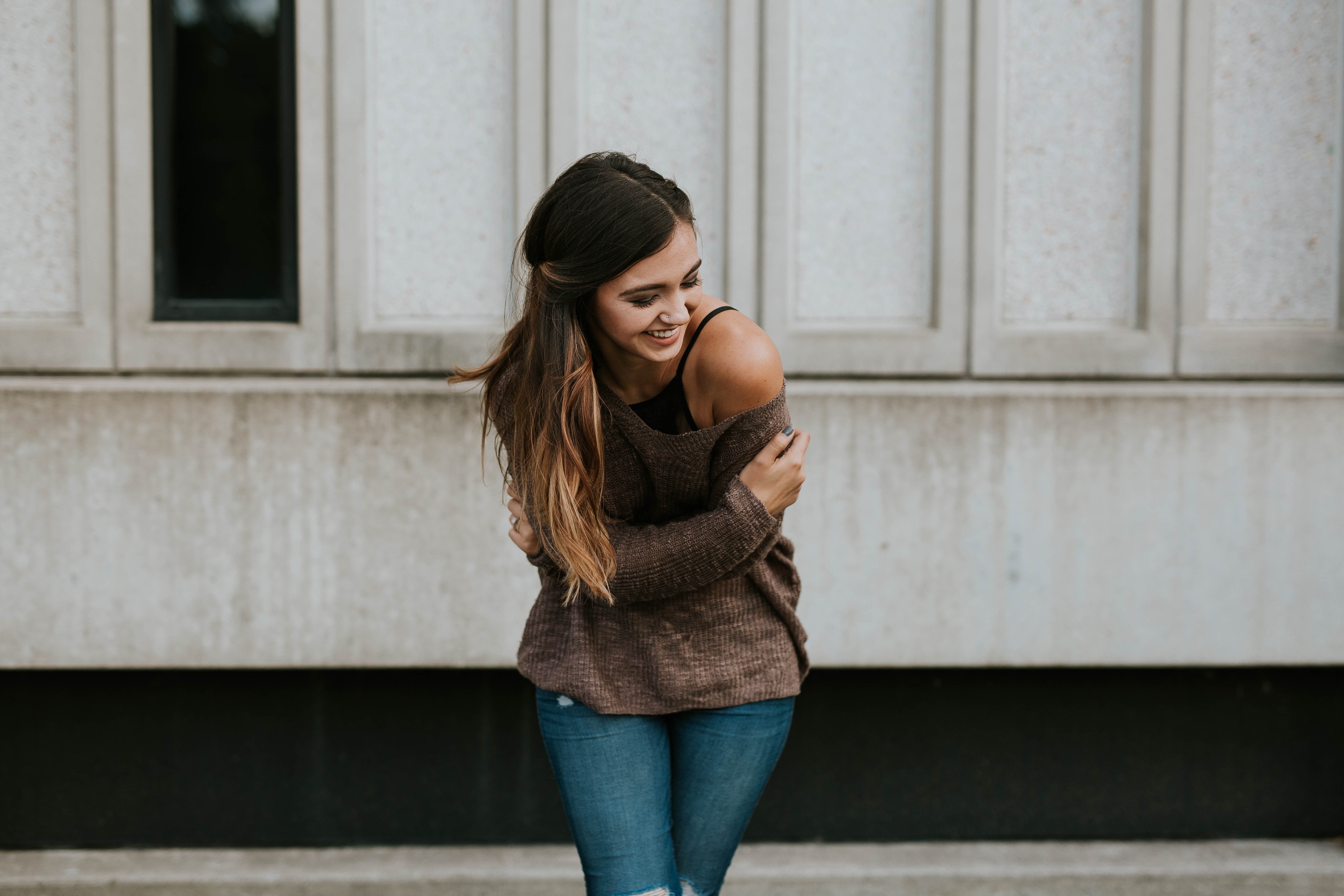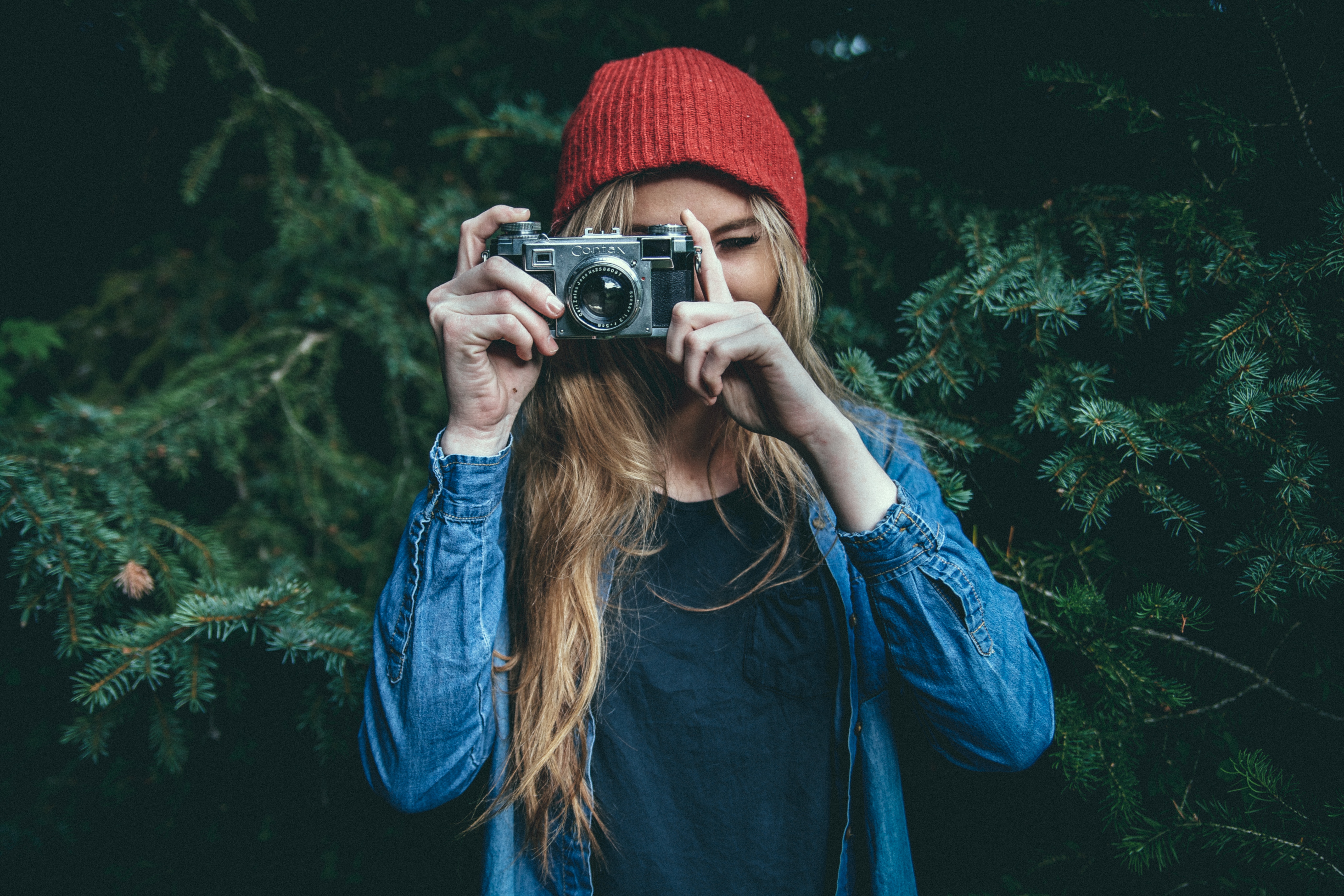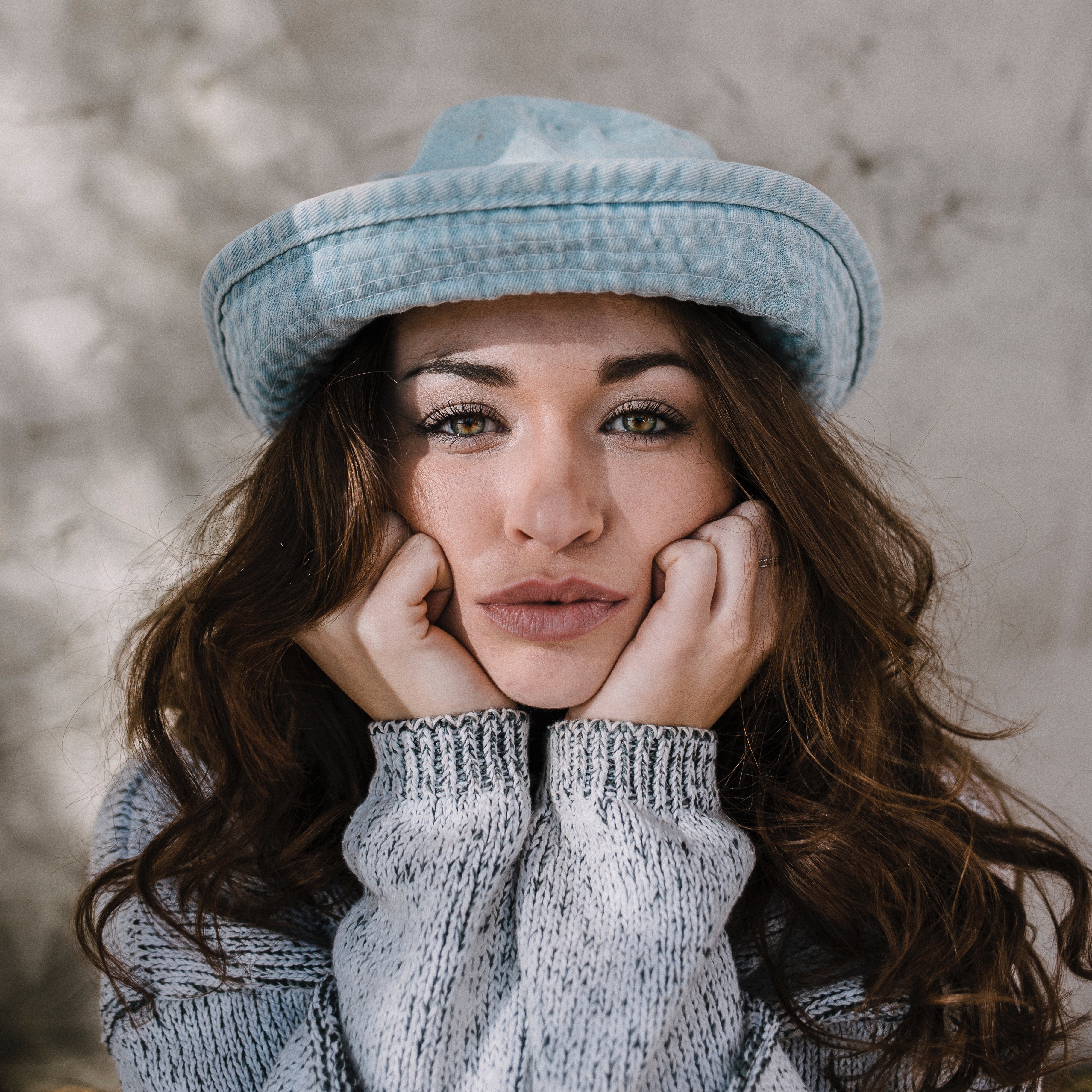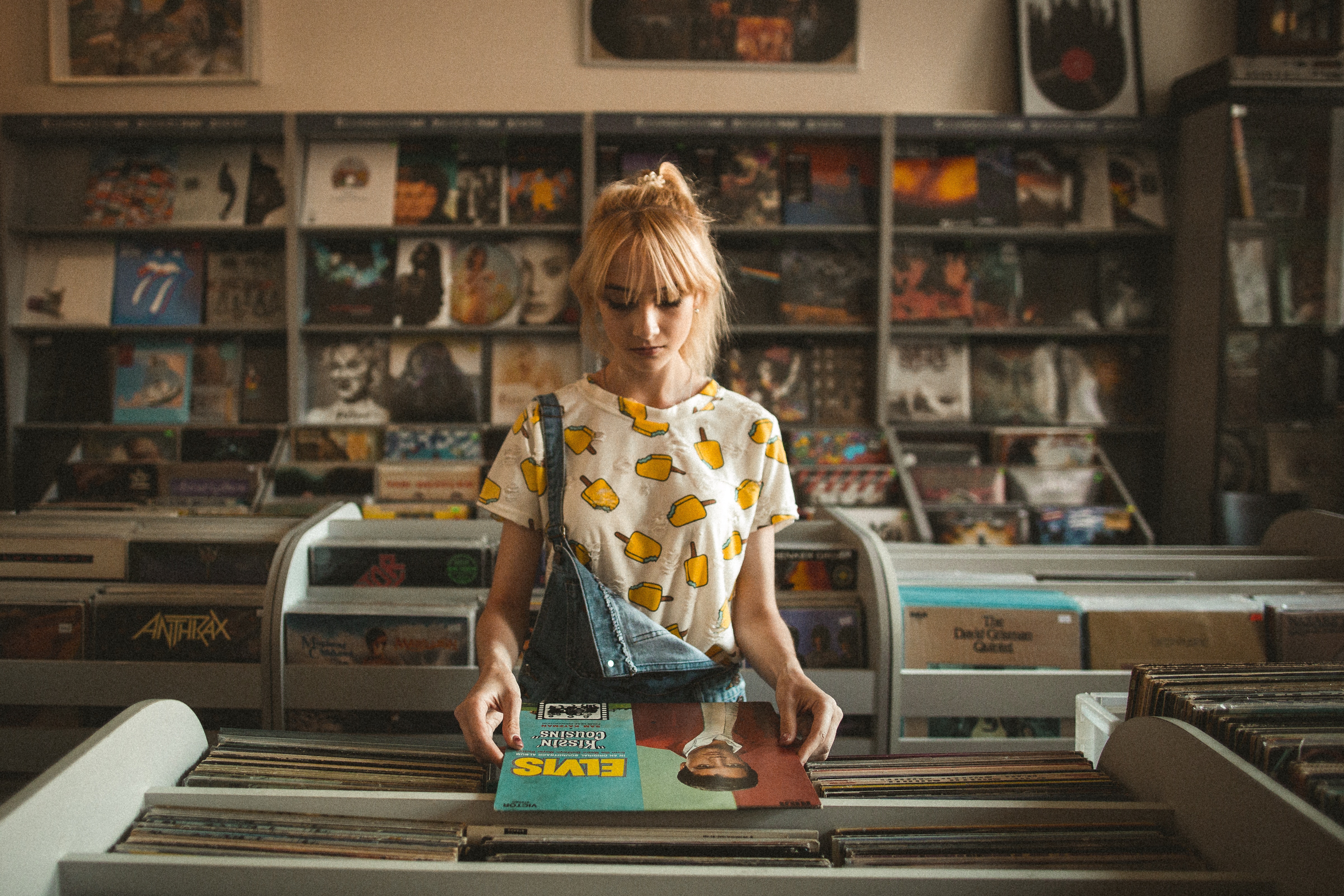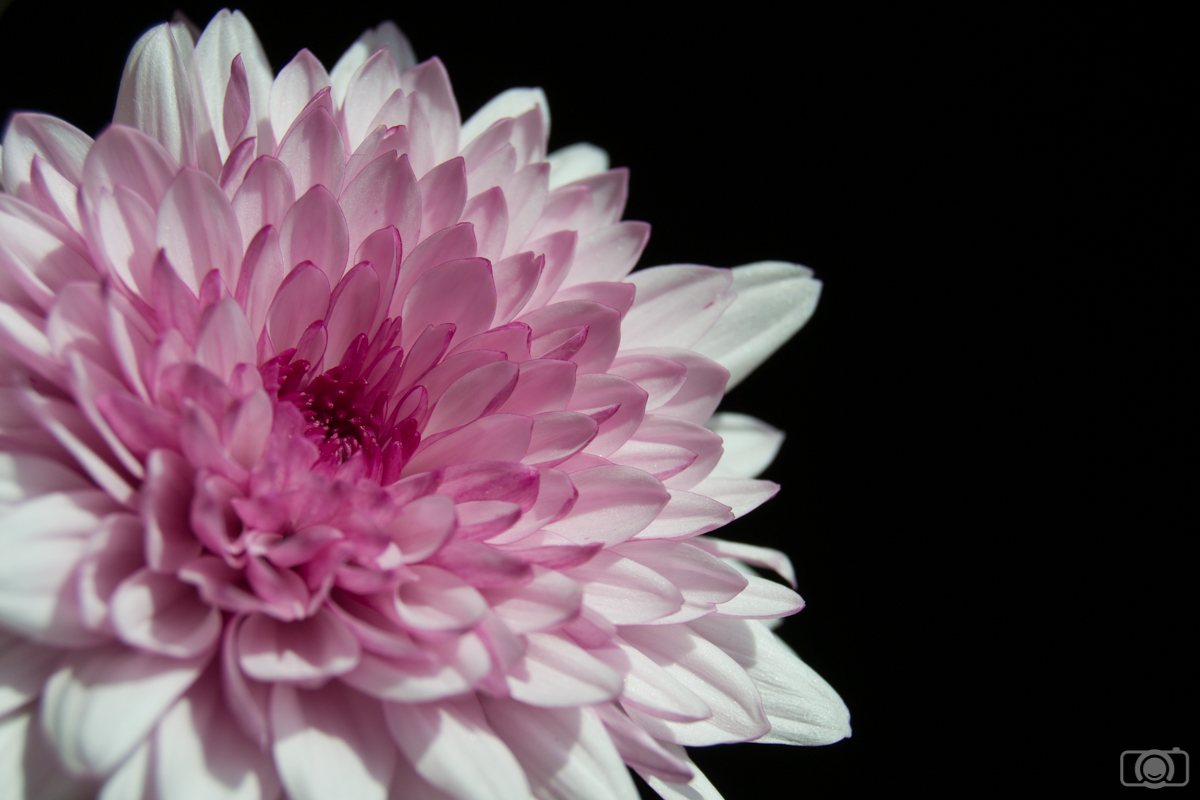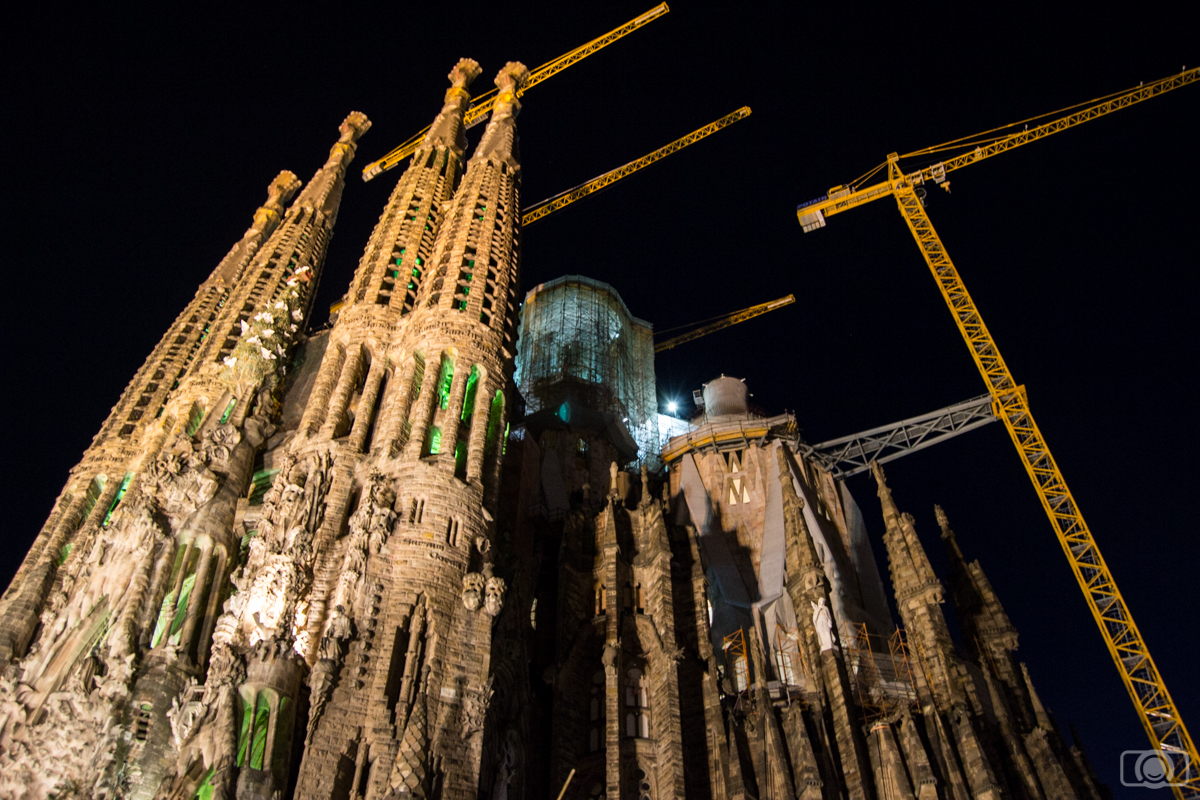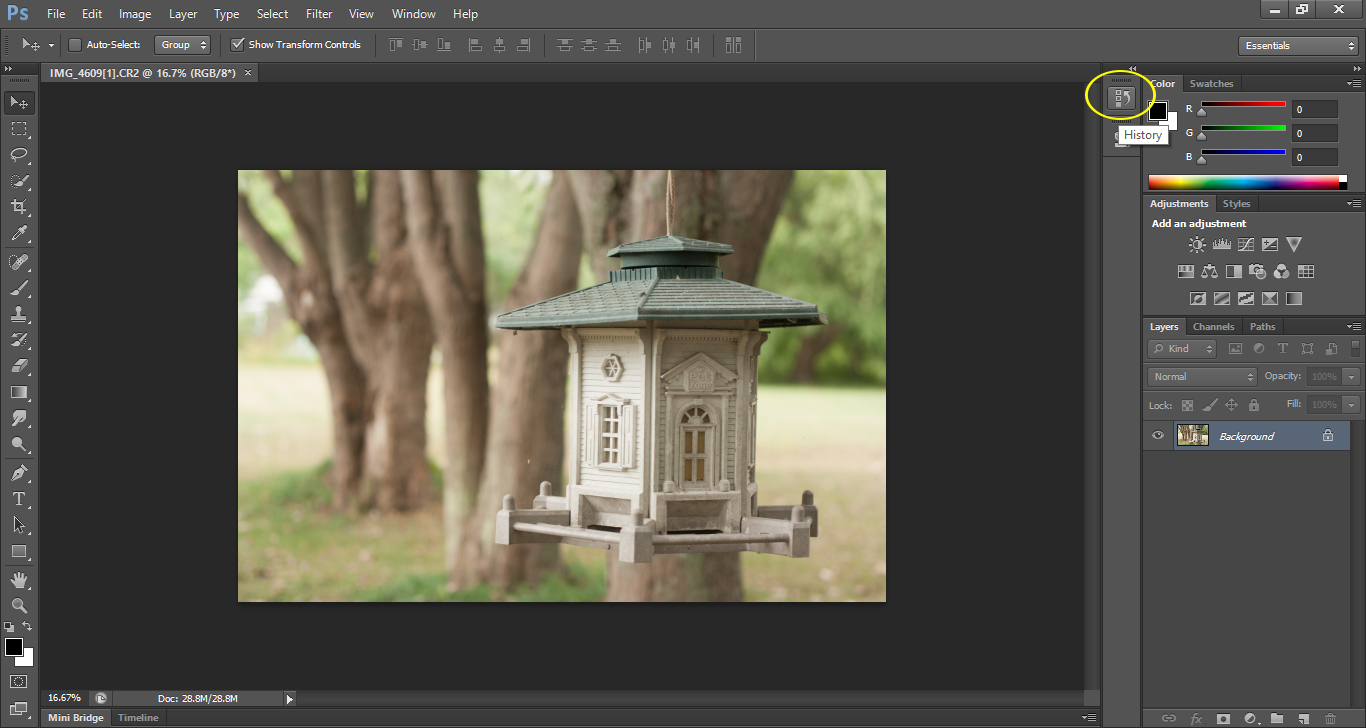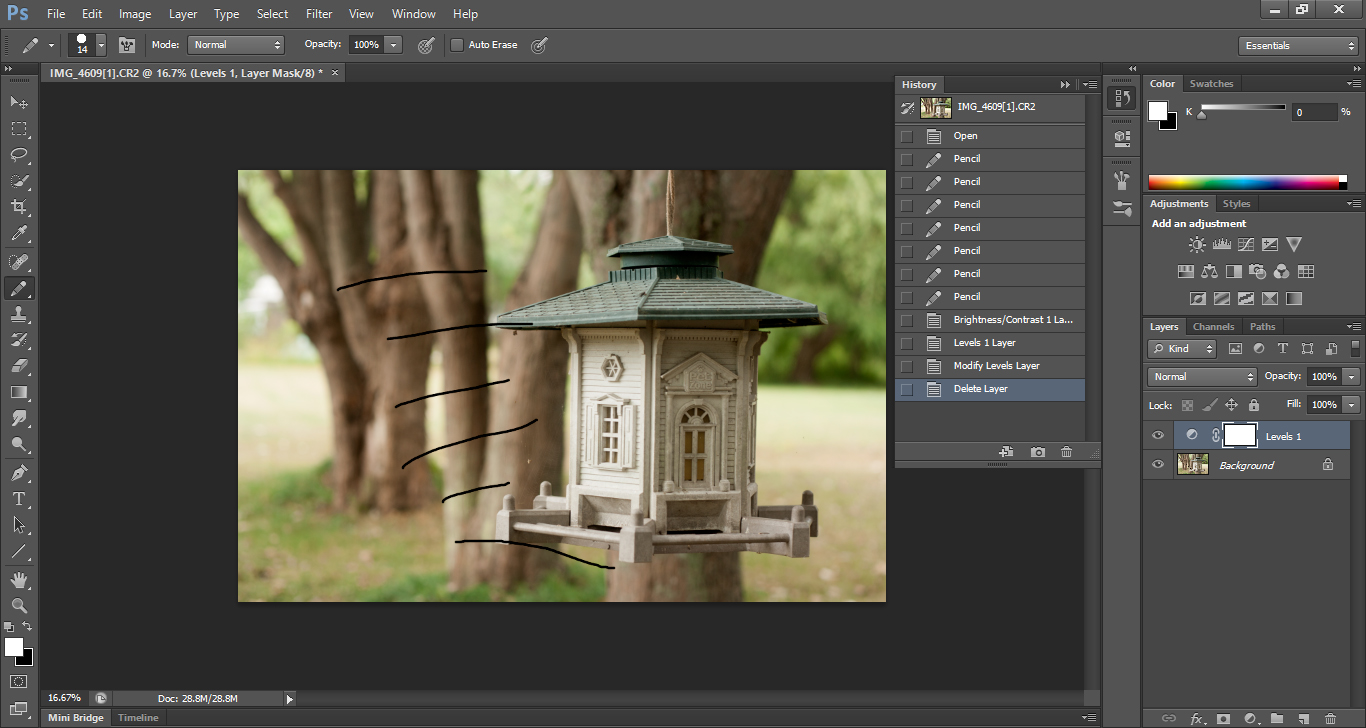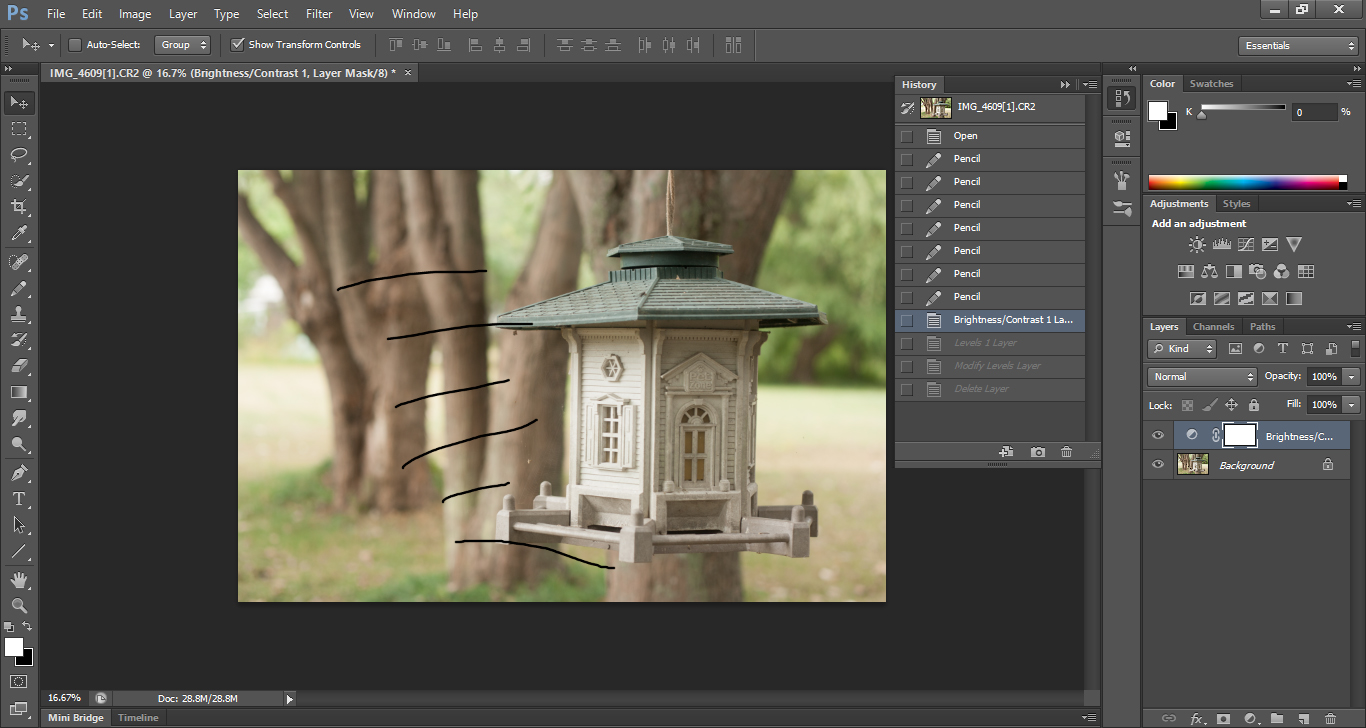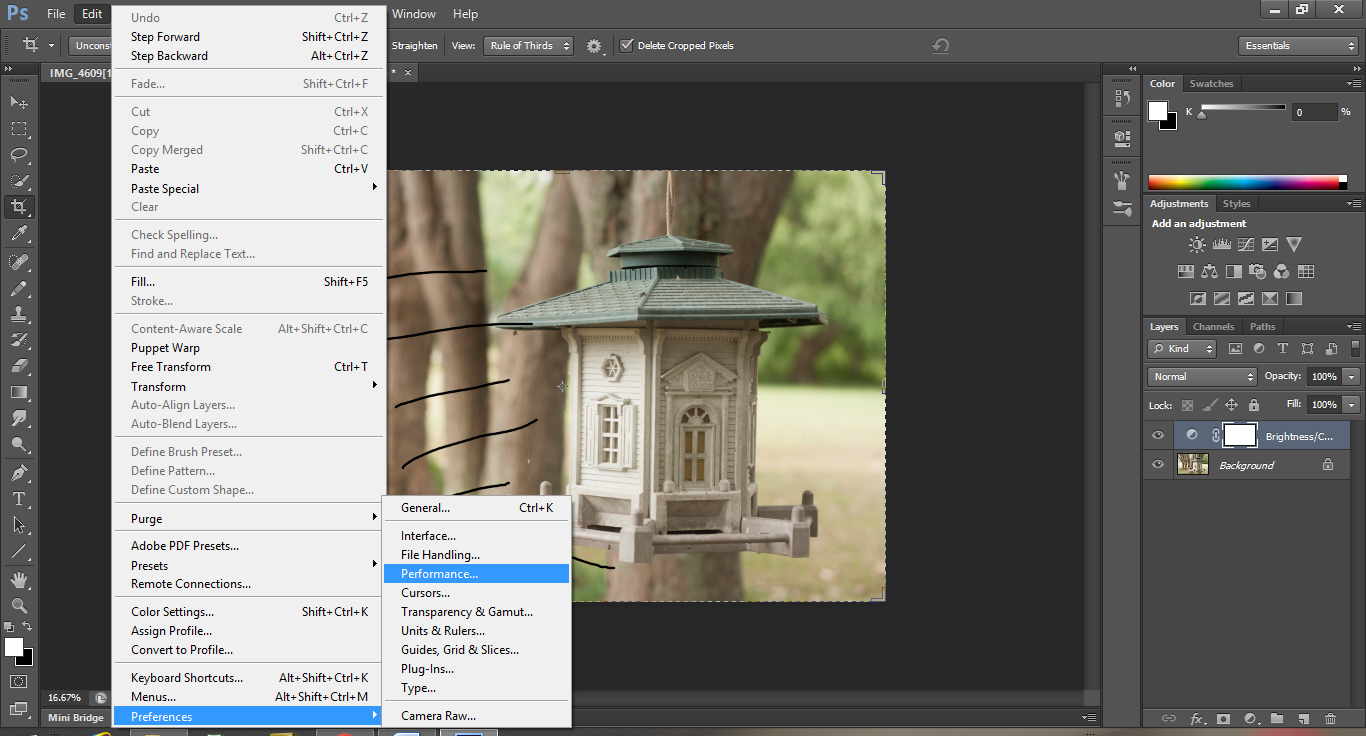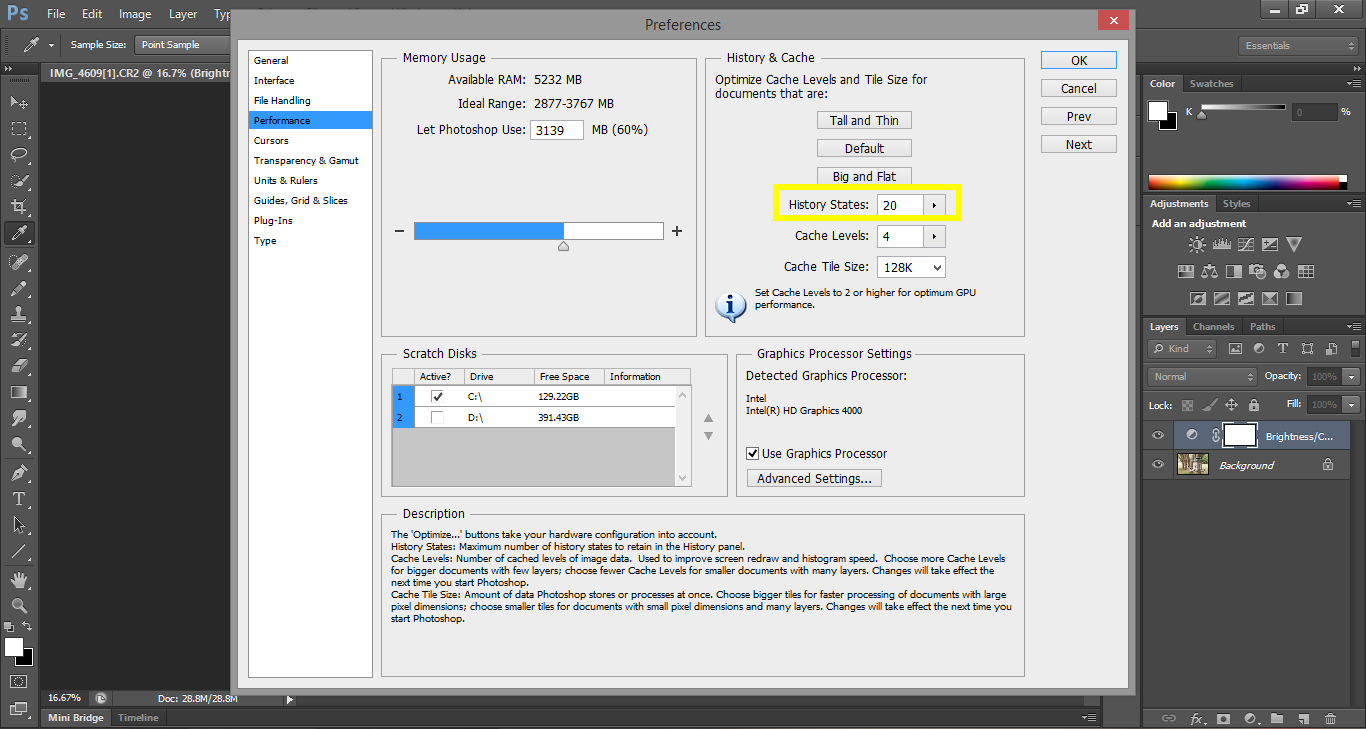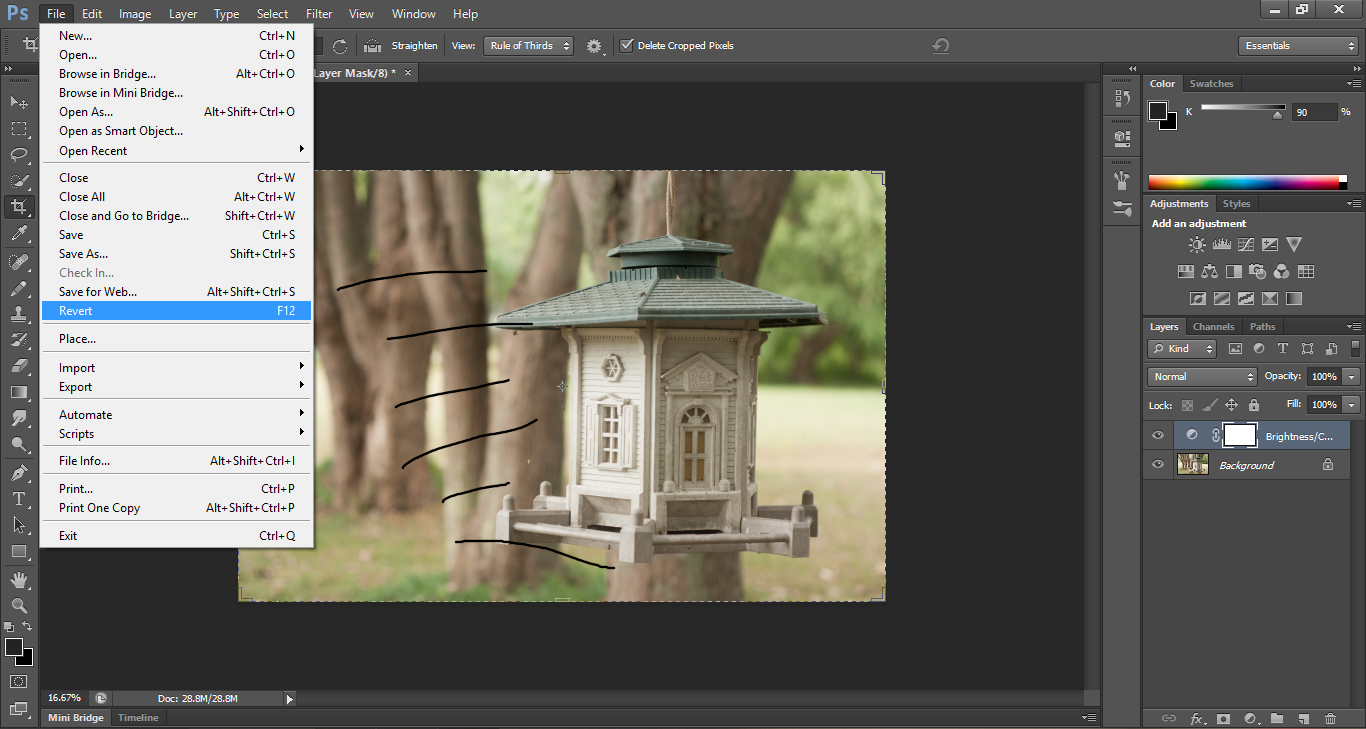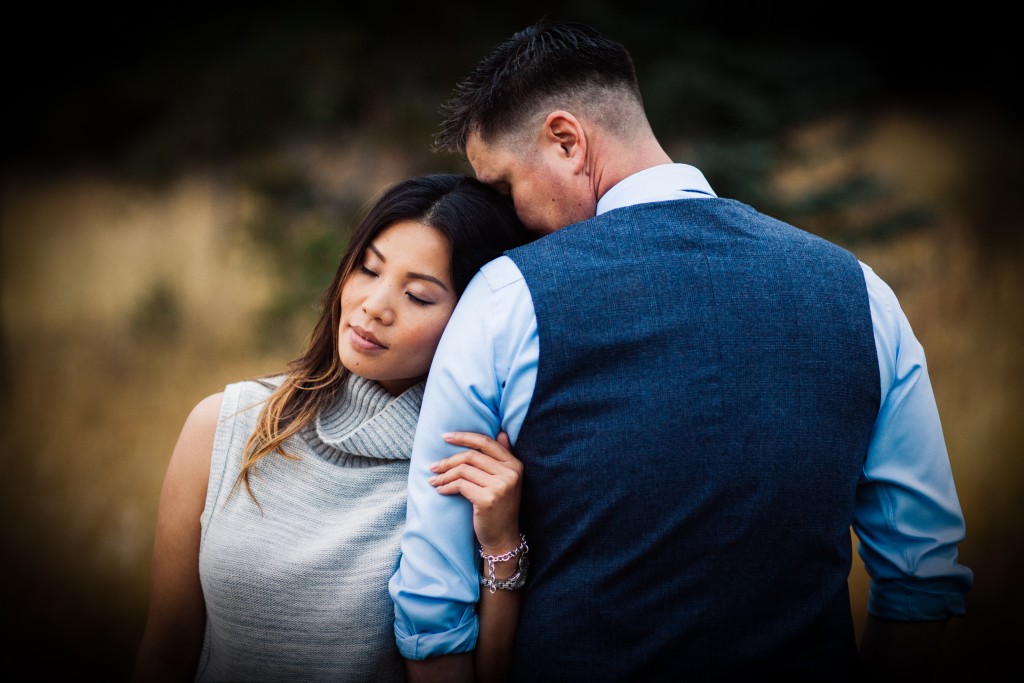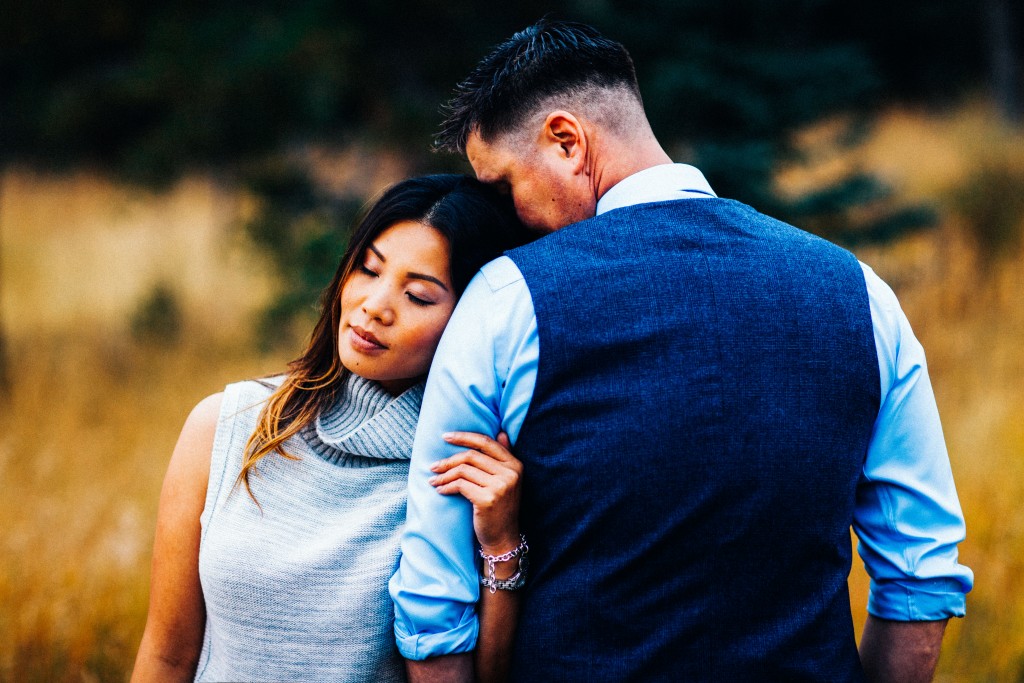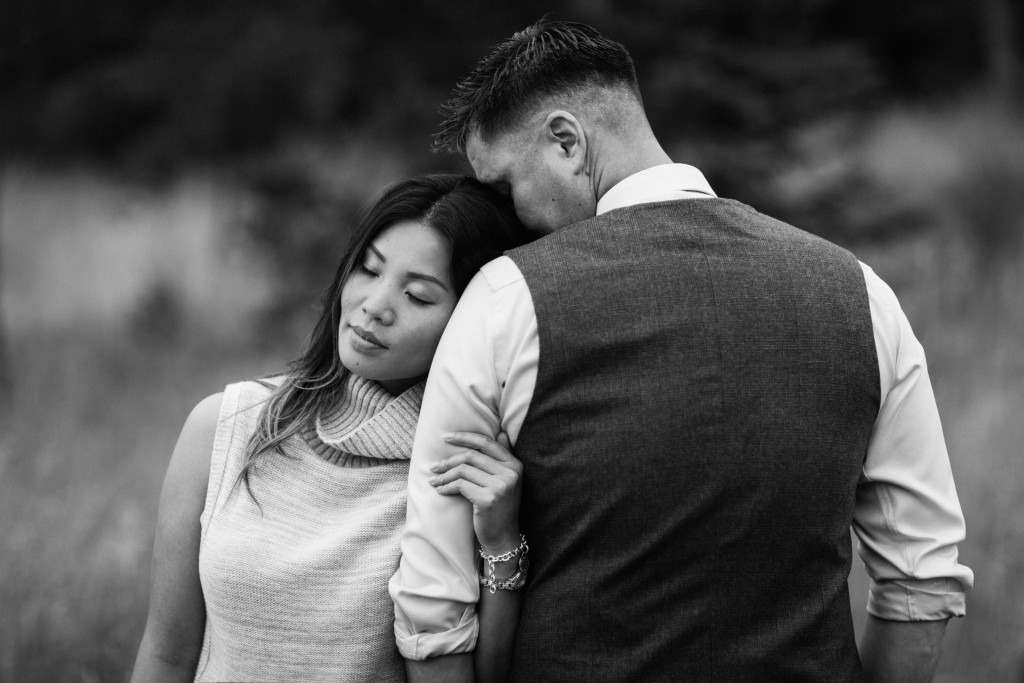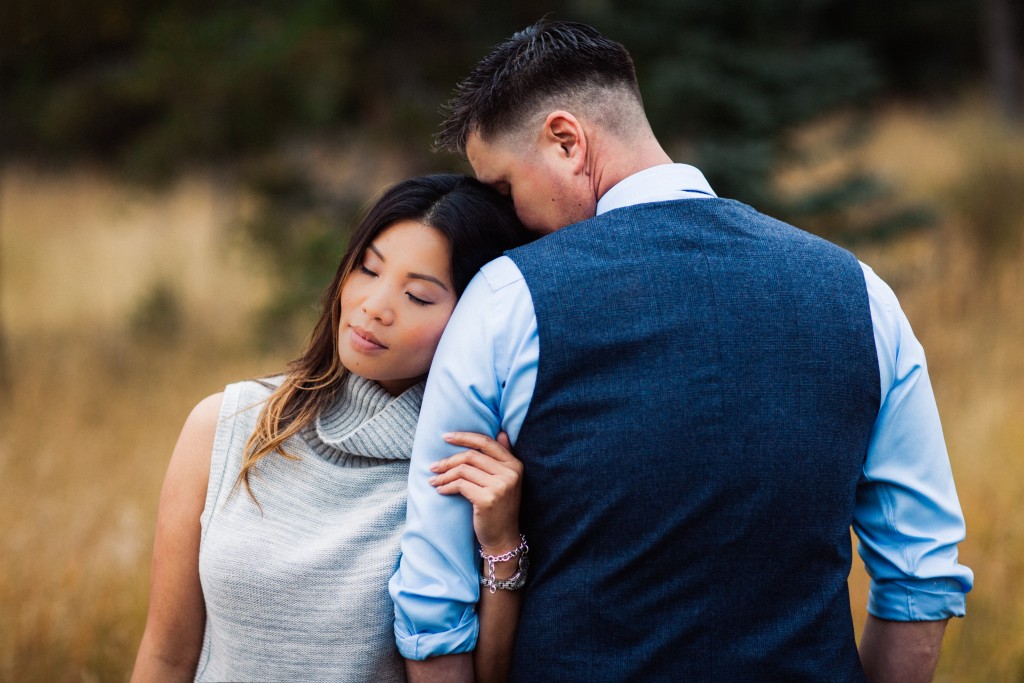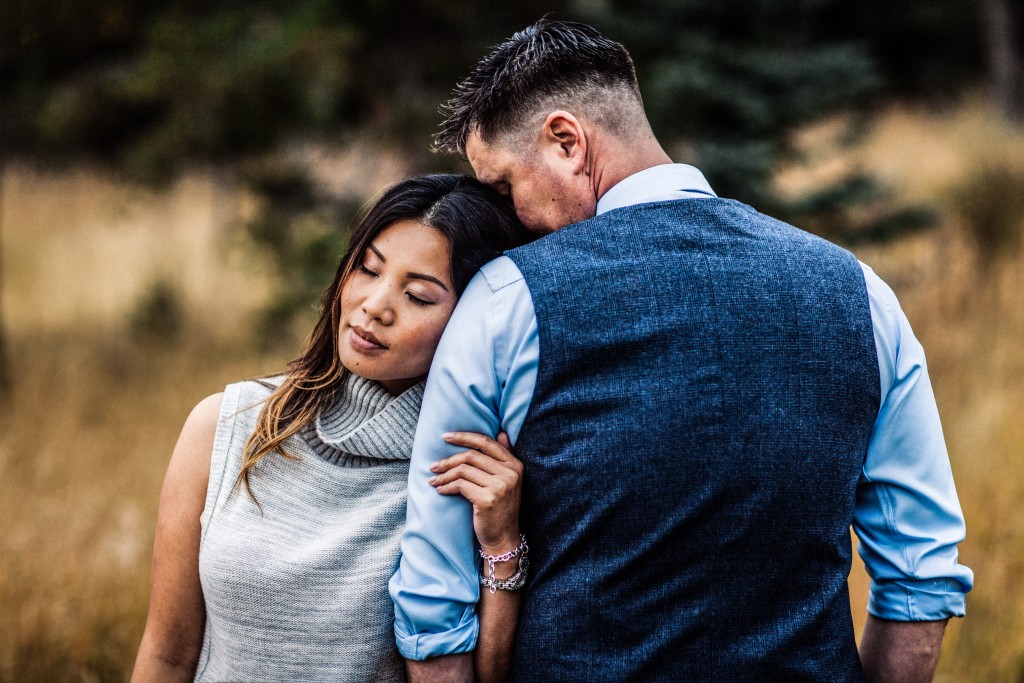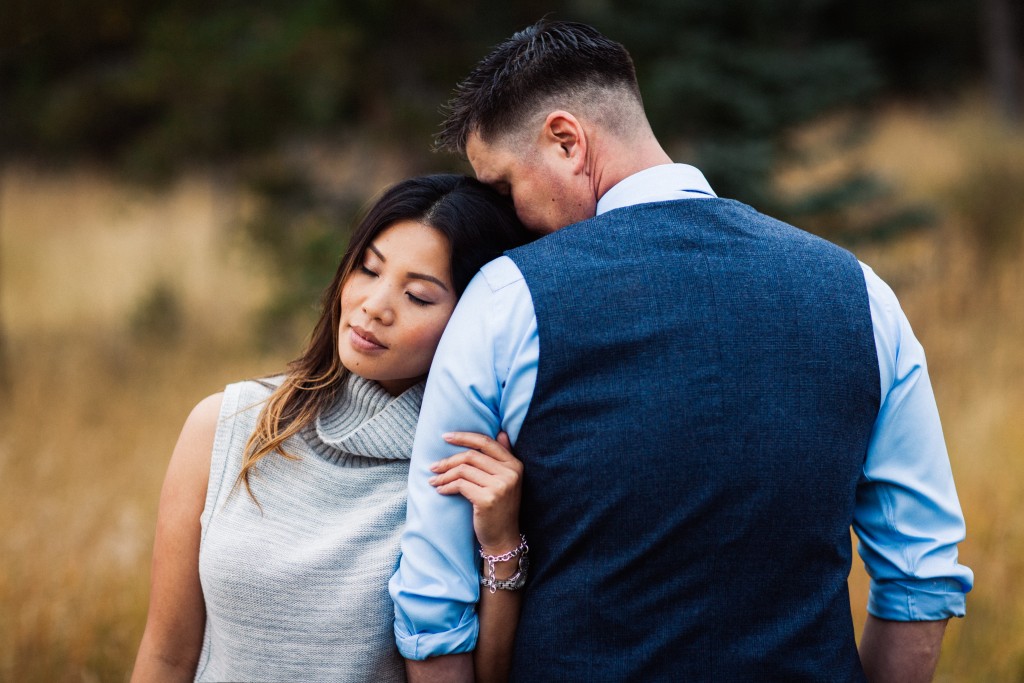Failure can’t always be avoided
. Crying children, uncomfortable models, and technical issues can all stop you from having a creatively fulfilling photoshoot. Even though people and situations are unpredictable, you can have control over what happens. There are things you can do to:
- Fix any problem that occurs, no matter how impossible it may seem
- Increase your model’s confidence because of your calmness during the incident
- Attract more clients thanks to your problem-solving abilities
Below are five scenarios featuring different people and obstacles. Each scenario comes with a few solutions that will keep you grounded and make your subjects feel at home. With these tips in mind, you won’t have to panic the next time you bump into an intimidating problem. Just take a deep breath, remember what you learned, and act like the skilled photographer that you really are.
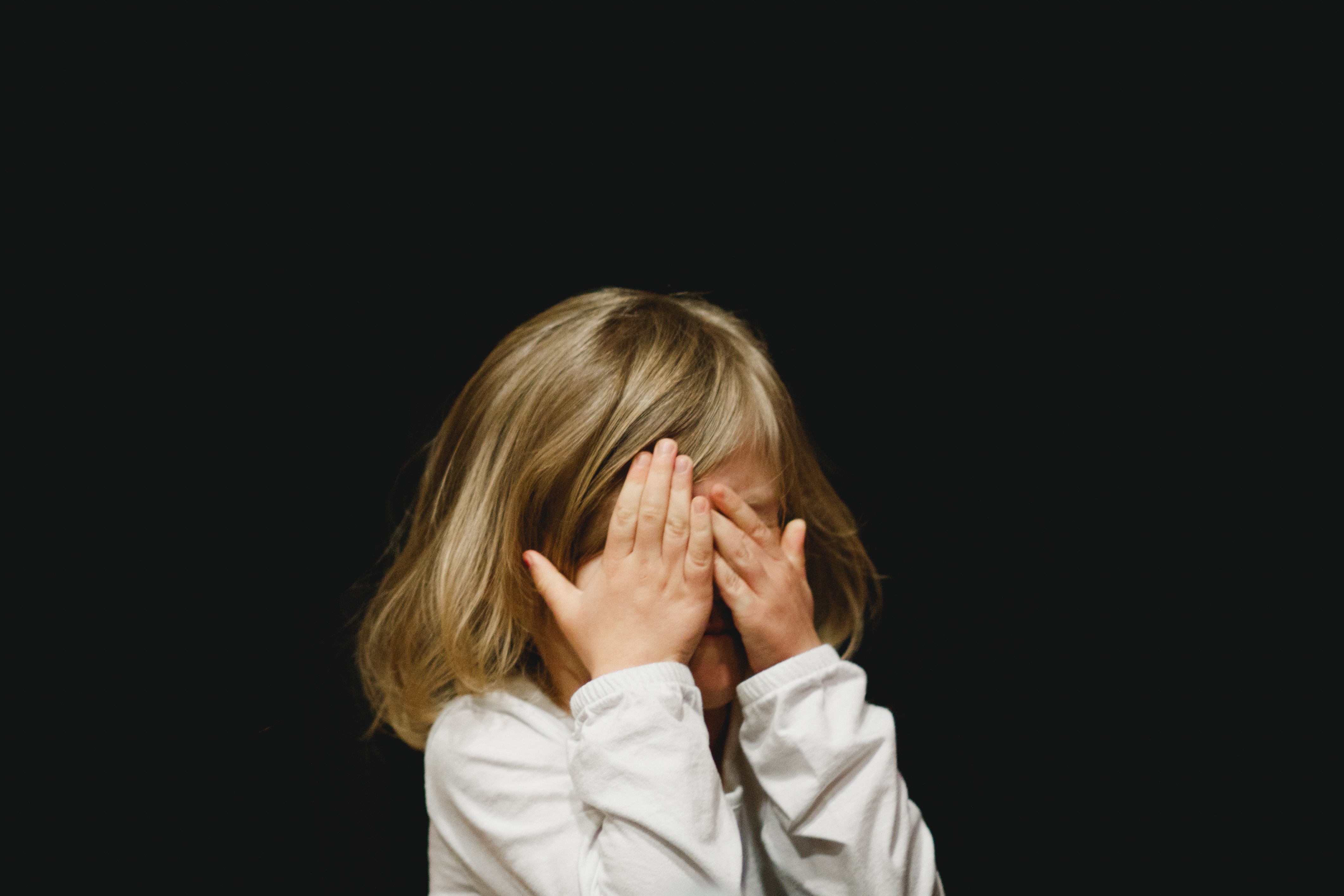
Take a Break When the Kids Start to Cry
It’s easy for children to lose their patience, especially in the presence of a stranger. If your little model starts to cry or run around, don’t get frustrated. Most importantly, don’t show your frustration. Patience will clear your mind, allow you to find a solution quickly, and show your clients that you’re a tolerant photographer.
If your model is restless, let the entire family take a break. Even if this adds an extra hour to your session, it will be significantly better than continuing and getting highly unflattering results. Once everyone has relaxed (talking and eating always help!) you can safely continue your shoot. If you want to be very hospitable, have a few goodies ready for when your models get tired. They’ll appreciate your thoughtfulness.

When Your Model Looks Uncomfortable, Be Supportive
Feeling left out and incompetent can immediately ruin anyone’s self-confidence. To solve this problem, be open about your past experiences. Make sure your subject feels like a normal individual worthy of being photographed. Don’t let your models bring themselves down. Don’t make it seem like perfection is attainable. What you want is for them to feel their best. Once they do, everything else will fall into place.
Be kind, share funny experiences from the past, try to make them smile, and let them know that making mistakes is okay! If they get the idea that you won’t lose your temper every time they strike the wrong pose, you’ll gain their trust and boost their confidence.
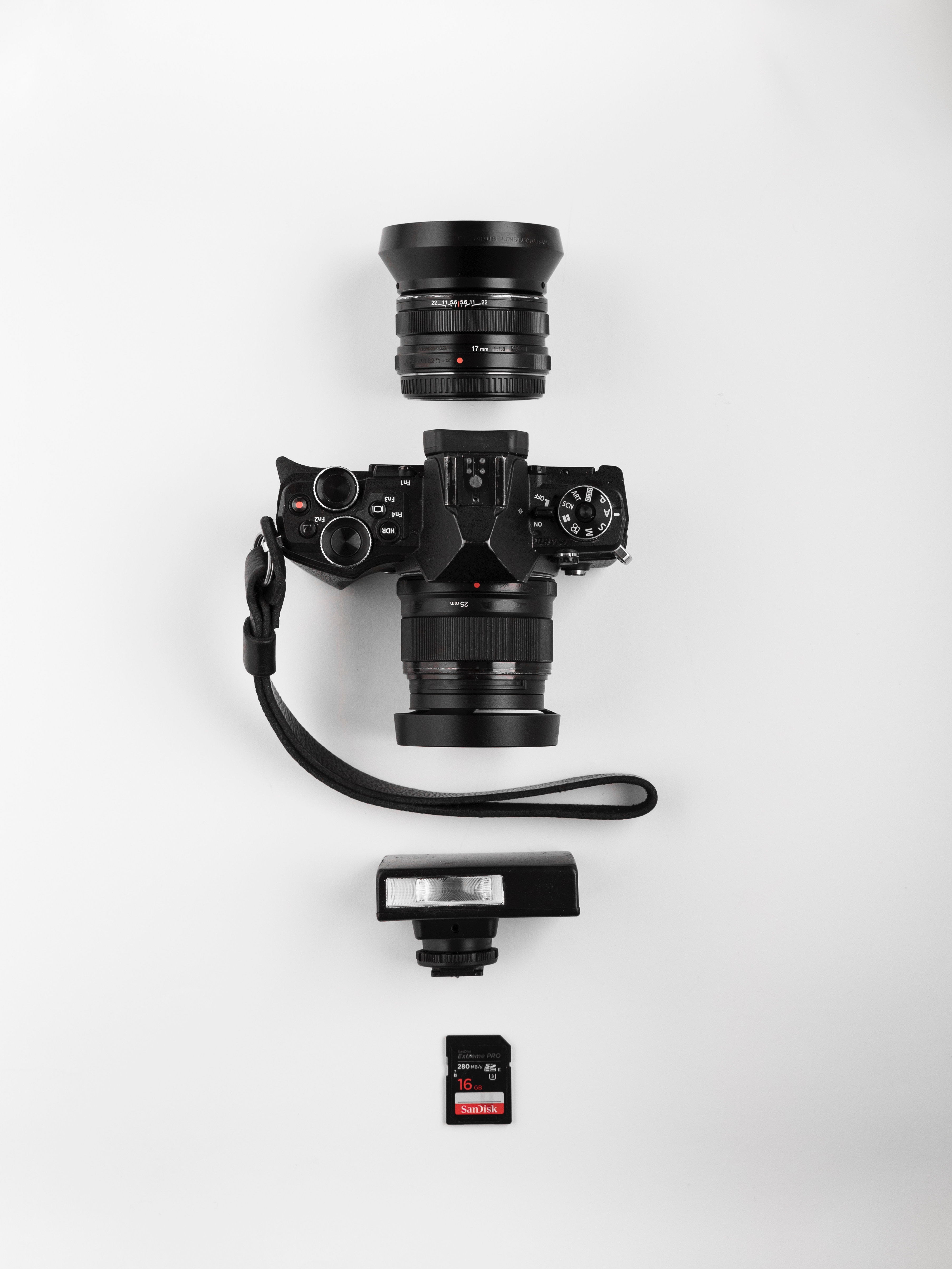
When There’s a Technical Issue, Make Sure You Have Backup Gear
Many wedding photographers stick to this rule like their lives depend on it. Without backup gear, a full-day shoot can turn into a photographer’s worst nightmare. Here are a few things you should have (in addition to your main equipment) in case something breaks:
-
- Camera body
- Batteries
- Lenses
- Lens filters
- Memory cards
If you’d like to find out more about backup gear, check out this article.
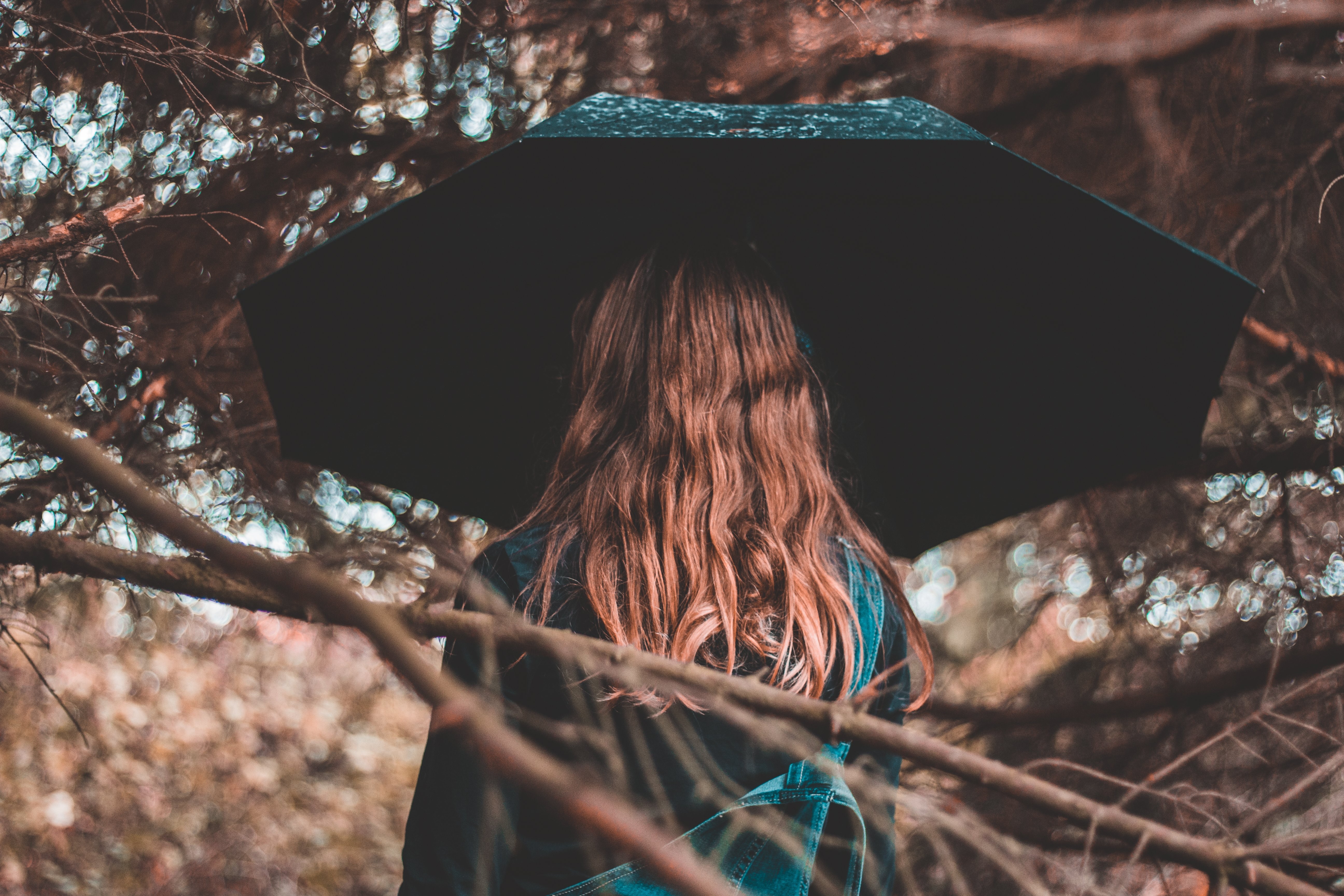
Prepare Lighting Equipment in Case the Weather Gets Bad
Make sure you check the weather forecast before you plan a shoot. If the weather isn’t promising and you can’t afford to postpone your shoot, bring an umbrella and a reflector to the location. An umbrella will keep you, your equipment, and your clients dry during an unexpected storm; a reflector will enhance your subjects’ faces on an overcast day.
In addition to bringing helpful equipment, make sure there’s a building nearby where you could stay during a storm. The last thing you want is to make your clients feel unsafe. Knowing what to do and where to go will save you from a lot of unnecessary misunderstandings in the future.
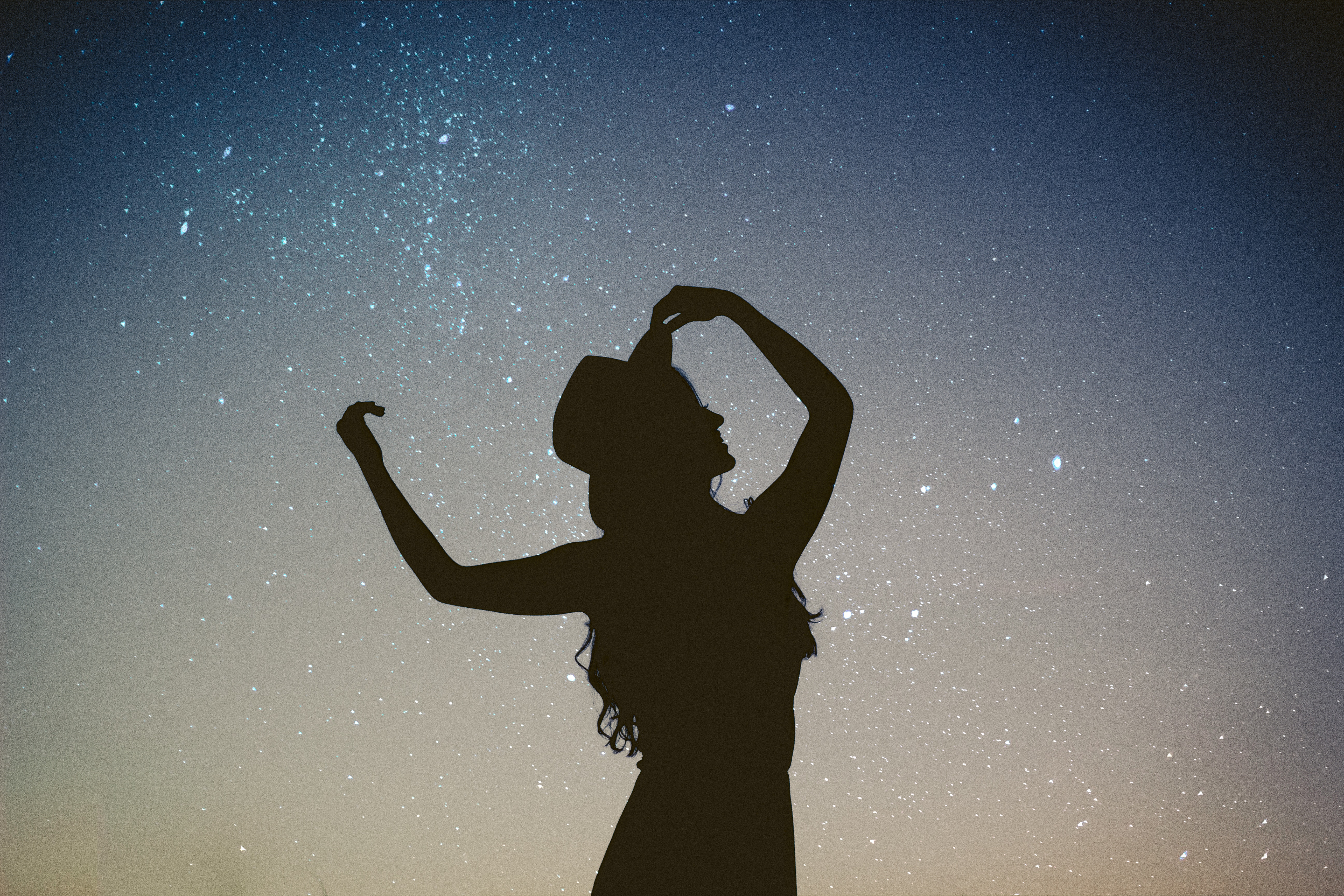
Photography, like any other job, has the potential to throw you into a pit of annoying mistakes. Don’t let this trouble you. Knowing how to deal with problems will help you focus on what matters most: taking incredible photographs of incredible people. Being prepared may not completely eliminate failure, but it will definitely keep you happy, sane, and positive. That, dear reader, is how you deserve to feel.

